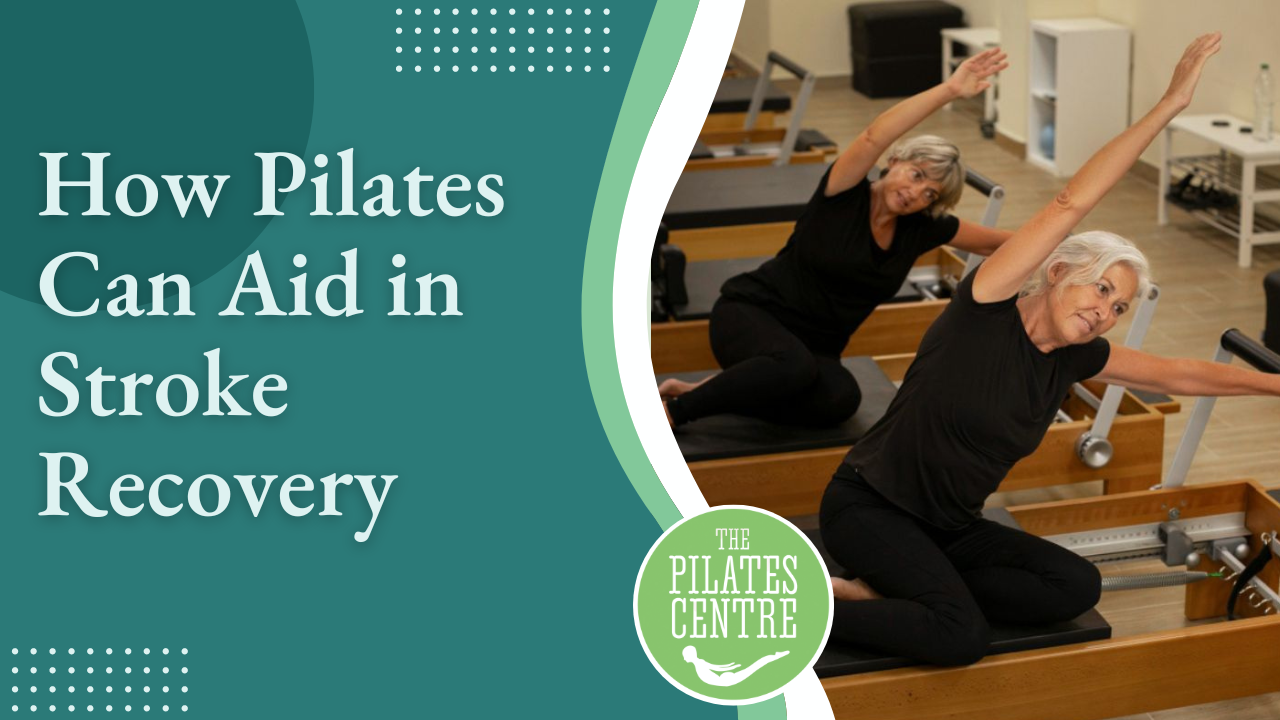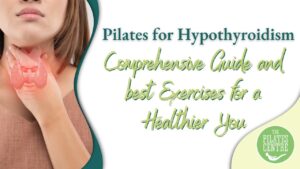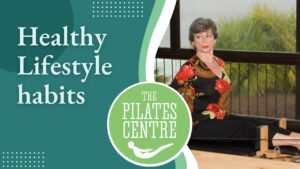Introduction:
Pilates is widely recognized for its ability to enhance strength, flexibility, and overall fitness. From improving posture to toning muscles, the benefits of Pilates are well-known. However, one area that often goes underappreciated is its potential role in rehabilitation, particularly for stroke survivors. Recent research highlights how Pilates can significantly contribute to the recovery process, offering hope and improved quality of life for those affected by strokes. In this blog, we’ll explore how Pilates can be an effective therapy for stroke recovery.
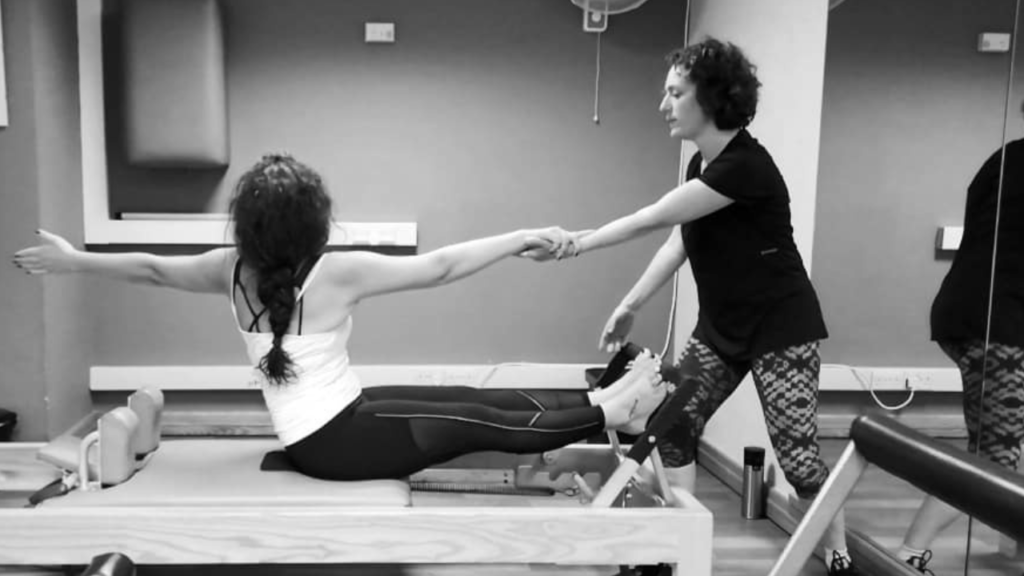
Pilates Therapy for Stroke Recovery:
A stroke, medically referred to as a Cerebrovascular Accident (CVA), occurs when the brain’s blood supply is interrupted, leading to oxygen deprivation. This often results in paralysis or impaired muscle control, affecting one’s ability to perform everyday tasks. Pilates, with its focus on controlled, precise movements, has been shown to enhance traditional rehabilitation efforts by retraining the brain to connect with the body’s muscles more effectively. This practice can play a critical role in restoring physical function and rebuilding strength after a stroke.
Restoring Control and Balance with Pilates:
Often termed “Contrology” by its founder, Joseph Pilates, this exercise method emphasizes control over repetition. For stroke patients, this control is crucial. Pilates helps re-establish the mind-muscle connection by focusing on slow, deliberate movements that require full concentration. This practice not only aids in rebuilding muscle strength but also helps stroke survivors regain balance and flexibility, which are often compromised following a stroke.



Improving Gait through Core Strengthening:
Post-stroke rehabilitation frequently involves relearning how to walk. Pilates plays a vital role here by strengthening the core muscles that support the spine, thereby improving stability and gait. Strengthening these muscles helps correct imbalances caused by stroke, where weaker muscles may be neglected while stronger ones are overcompensated. Through Pilates, stroke survivors can work on aligning their gait, which is essential for regaining mobility and independence.
Enhancing Breathing and Posture:
Breathing difficulties are common among stroke survivors, often leading to asynchronous breathing patterns that can further disrupt posture and movement. Pilates emphasizes breath control, encouraging deep, mindful breathing that can help realign these patterns. By improving breathing techniques, Pilates not only enhances oxygen flow but also contributes to better posture, reduced stress, and lower blood pressure, all of which are crucial in the recovery process.



Boosting Flexibility and Mobility:
Flexibility is key in stroke recovery as it can prevent muscle stiffness and joint contractures that hinder movement. Pilates offers a variety of stretching exercises designed to increase flexibility and enhance the range of motion. By incorporating these exercises into a rehabilitation routine, stroke survivors can improve their overall function and reduce the risk of secondary complications, such as muscle atrophy, which often accompanies prolonged immobility.
Conclusion:
Pilates offers far more than just a way to stay fit—it can be a transformative tool in stroke recovery. By focusing on controlled movements, core strengthening, breath control, and flexibility, Pilates helps stroke survivors regain their independence and improve their quality of life. If you or a loved one is navigating the challenges of stroke recovery, consider integrating Pilates into your rehabilitation program for a more holistic approach to healing.
For more information on how Pilates can aid in stroke recovery or to schedule a session, please reach out to us at Pilates Centre
Email: info@pilatescentre.es
Phone: +34 610 30 60 05
Website: www.pilatescentre.es
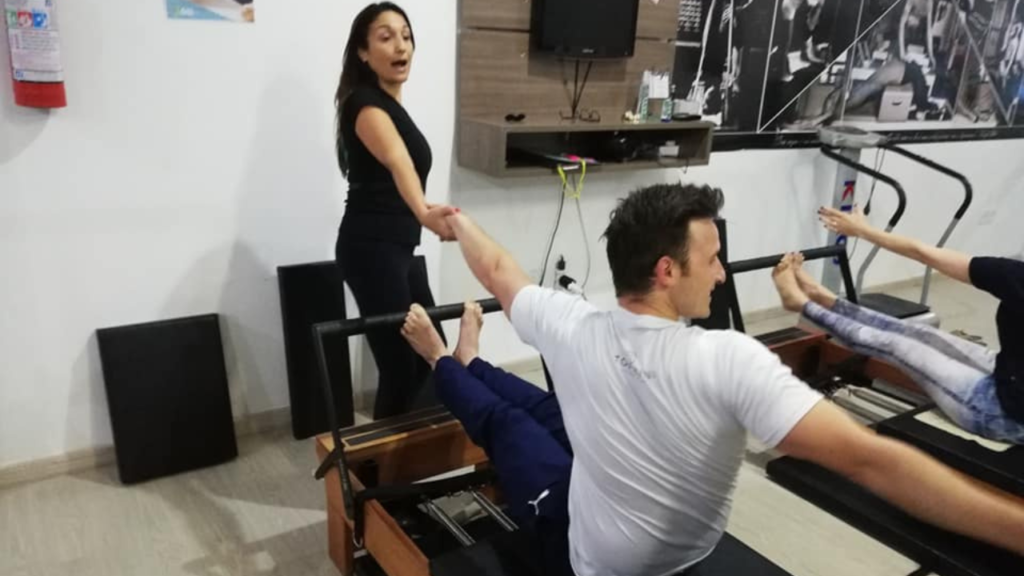

John McCallum
is an esteemed, Fully Certified Comprehensive Classical Pilates Teacher and takes immense pride as the proprietor of the distinguished Pilates Centre located in Jalon, Spain. His remarkable journey in the realm of Pilates commenced back in 2006, a pivotal juncture when he confronted the diagnosis of three slipped discs in his lower back. Pilates emerged as a beacon of profound hope and rejuvenation in his life. Instead of succumbing to the prospect of surgical intervention, Pilates gracefully assumed the role of his lifeline.
This transformative experience impelled him to make a resolute decision that would reshape his life’s trajectory. Following his journey to become a Pilates Teacher, he passionately extended the benefits he had personally garnered to those in need. This also took him to travel to other countries to continue to learn and have a fuller understanding of the method.
Fueled by an unwavering passion for Pilates, he has forged a dynamic collaboration with a reputable research institution. This strategic alliance enables him to deliver precise and illuminating insights, fostering support and empowerment for individuals interested in the power of this method. His literary contributions have garnered distinction within an array of esteemed global publications.

